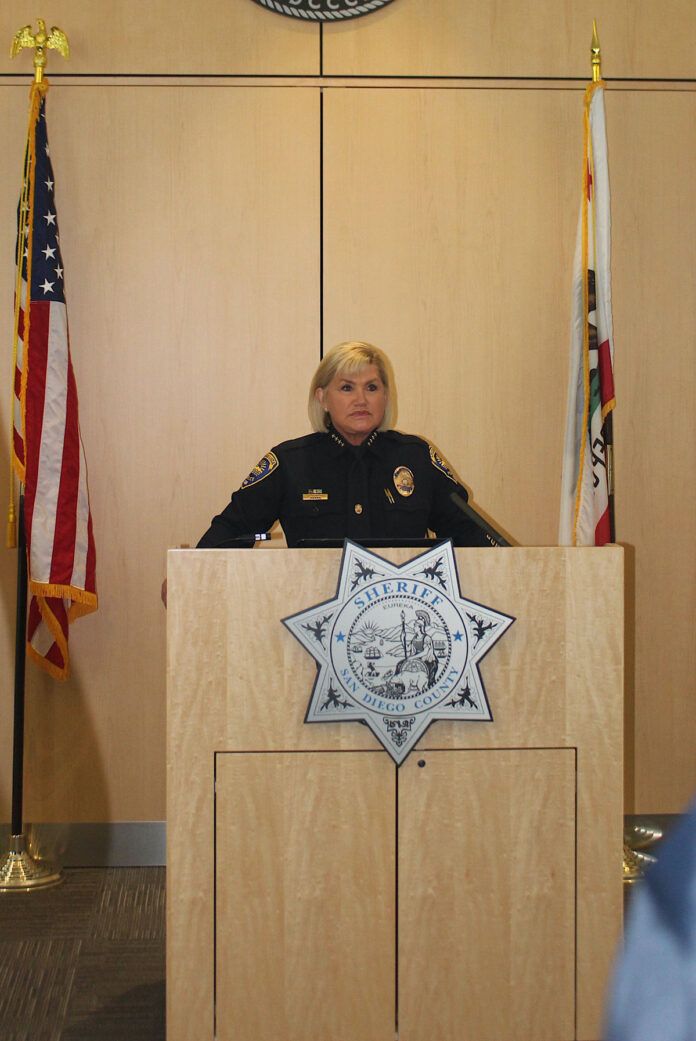
On April 13, San Diego county District Attorney Summer Stephan, Sheriff’s department Undersheriff Kelly Martinez, city of San Diego police department Chief David Nisleit and Chula Vista Police department Chief Roxana Kennedy gathered for a joint announcement: moving forward, no agency in the San Diego region will investigate its own officer-involved shooting or in-custody use of force incidents.
Up until now, the practice has been for each agency to investigate incidents on their own.
Now, the Sheriff and SDPD will investigate each other’s officer-involved shootings. If both agencies are involved, CVPD will investigate. SDPD will also investigate all other local officer-involved shootings. The DA will continue to review all shootings once the primary investigation is complete.
Every municipal agency across the county will adhere to the updated memorandum as well as the county probation department, San Diego community college district police, San Diego State University police department and University of California, San Diego police department.
San Diego county is the only region in the state with this new approach.
“This was a self-initiated change that represents a leap forward in building trust in the community,” Stephan said, although she and fellow law enforcement representatives maintained no singular incident triggered the change in policy or updates to the Memorandum of Understanding between agencies.
In addition to the change in investigators, the updated Memorandum prescribes a timeline for investigations.
Agencies will make efforts to compile key facts within a three day window of events, but now have 90 days to provide all information including reports, statements, media files and other information to California Department of Justice or the DA. The DA then has 90 days to report their findings. The timeline, Stephan said, is based in part on the initial 90 days it takes to compile data which relies in part on the Medical Examiner’s office completing items like toxicology reports and other slower processes.
“We are the only agency in the state that is doing this,” Stephan said— she believes the approach adds a layer of transparency.
According to Acting California State Auditor Michael Tilden, San Diego County jails had one of the highest death rates in the state from 2006 through 2020.
“The high rate of deaths in San Diego County’s jails compared to other counties raises concerns about underlying systemic issues with the Sheriff’s Department’s policies and practices,” Tilden wrote in a report released earlier this February.
However, the updated memorandum does not extend to in-custody deaths that do not involve force.
Kennedy said mutual agencies already meet on a monthly basis to discuss de-escalation and other response topics and will likely phase in reviewing the changed approach at those meetings.
“Nobody wants an officer-involved shooting… Maybe three months, six months down the road we’ll take a look at how it’s working,” Kennedy said.














